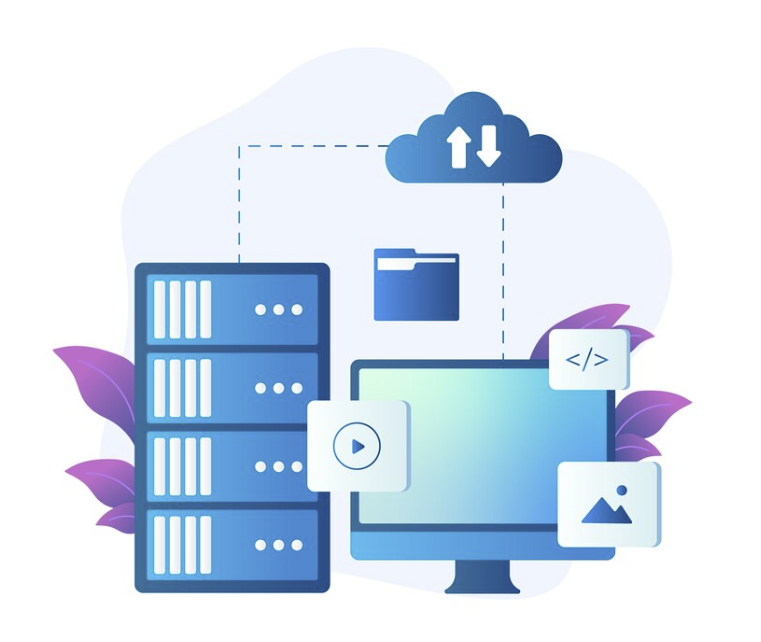 In today’s fast-paced, technology-driven world, data is being generated at an astounding rate. This immense volume of data, often referred to as “Big Data,” holds the key to a treasure trove of insights and potential. But what exactly is Big Data, and how is it shaping the way we perceive and utilize information?
In today’s fast-paced, technology-driven world, data is being generated at an astounding rate. This immense volume of data, often referred to as “Big Data,” holds the key to a treasure trove of insights and potential. But what exactly is Big Data, and how is it shaping the way we perceive and utilize information?

Understanding Big Data
Big Data is a term used to describe a vast and diverse amount of data that is too large and complex for traditional data processing applications to handle efficiently. This data comes in various forms, including structured data (like databases), unstructured data (like text and images), and semi-structured data (like XML files and JSON documents).
The essence of Big Data is captured by the three Vs:
- Volume: Big Data is immense in volume, often ranging from terabytes to zettabytes. It encompasses data from various sources such as social media, IoT devices, sensors, financial transactions, and more.
- Velocity: The speed at which data is generated and collected is staggering. Data is streaming in at an unprecedented pace, especially with the rise of real-time analytics and social media interactions.
- Variety: Big Data includes structured, unstructured, and semi-structured data. This variety presents a challenge in terms of storage, processing, and analysis.
Additionally, some definitions of Big Data also include two more Vs:
- Veracity: This refers to the quality and reliability of the data. Big Data often involves data from different sources with varying levels of accuracy and trustworthiness.
- Value: Ultimately, the goal of working with Big Data is to extract value and insights that can lead to informed decision-making and innovation.
Applications of Big Data
The applications of Big Data are widespread and diverse, impacting various sectors and aspects of our lives:
1. Business and Marketing
Big Data analytics provides invaluable insights into consumer behavior, preferences, and trends. Businesses can use this information to tailor their marketing strategies, improve customer experiences, optimize pricing strategies, and enhance product offerings.
2. Healthcare
In the healthcare sector, Big Data helps in patient management, disease monitoring, drug development, and personalized medicine. Analyzing large health datasets can lead to breakthroughs in treatment, predictive analytics, and preventive care.
3. Finance
Financial institutions utilize Big Data for fraud detection, risk assessment, customer relationship management, and market analysis. Analyzing vast financial transactions in real-time can identify suspicious activities and ensure a secure financial environment.
4. Transportation and Logistics
Big Data plays a crucial role in optimizing transportation routes, improving supply chain efficiency, predicting demand for products, and enhancing overall logistics operations.
5. Smart Cities
Big Data is instrumental in creating smart cities by analyzing data from traffic sensors, public transportation, energy consumption, waste management, and more. This data-driven approach helps in urban planning and resource allocation for sustainable development.
The Future of Big Data
As technology continues to advance, the volume and complexity of data will only increase. Embracing and effectively utilizing Big Data will be critical for businesses, governments, and organizations to stay competitive, make informed decisions, and contribute to meaningful advancements in various domains.
In conclusion, Big Data is not just about the data itself, but about the possibilities it holds. The ability to harness and analyze this vast ocean of data is what will drive innovation and shape the future of our world. It’s an exciting journey, and the potential is limitless.










